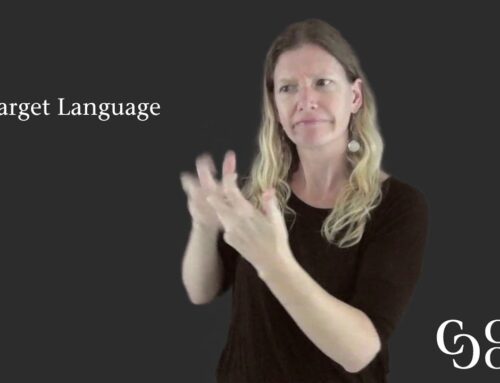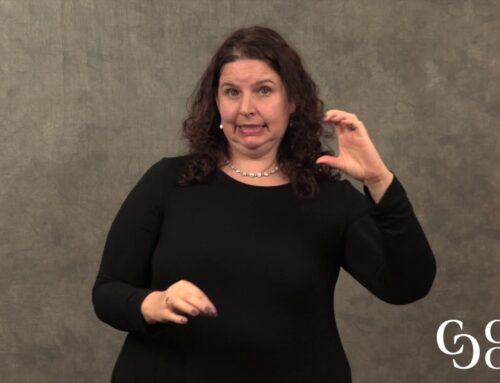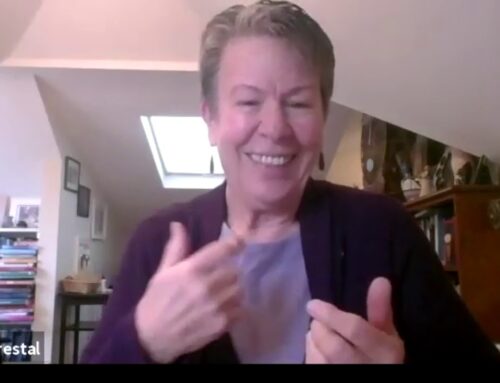Practice your fingerspelled word recognition with this text comparing Macs and PCs for your computing needs.
This activity is designed in 3 parts.
Part 1:
Steps 1-2: 15 minutes
Part 2:
Steps 3-5: 30 minutes
Part 3:
Steps 6-7: 25 minutes
Working on the parts at separate times allows for spacing out the learning that creates a desirable difficulty as described in the book Make It Stick.
Key Skills
These are some of the key skills from Taylor (2002, 2017) that you can choose to focus on in this activity.
- Major Feature | Comprehension: ASL Discourse (Taylor, 2002)
- 1: Fingerspelling is interpreted accurately (p.33)
- Major Feature | Fingerspelling (Taylor, 2017)
- 1.3: Use acronyms and abbreviations accurately (p. 36)
- 1.5: Articulate individual letters clearly (p. 46)
- 1.6: Pause correctly within and between fingerspelled words (p. 48)
- 1.7: Fingerspell words at understandable pace (p. 49)
- 1.8: Accompany fingerspelling with appropriate mouthing (p. 50)
Time Required for Activity: Part 1 – 15 mins; Part 2 – 30 mins; Part 3 – 25 mins
Objective(s):
You will:
- Identify fingerspelled words in an ASL explanatory text
- Shadow native signer’s use of fingerspelling
References
Taylor, M. (2017). Interpretation Skills: English to American Sign Language. Edmonton: Interpreting Consolidated.
Taylor, M. (2002). Interpretation Skills: American Sign Language to English. Edmonton: Interpreting Consolidated.







